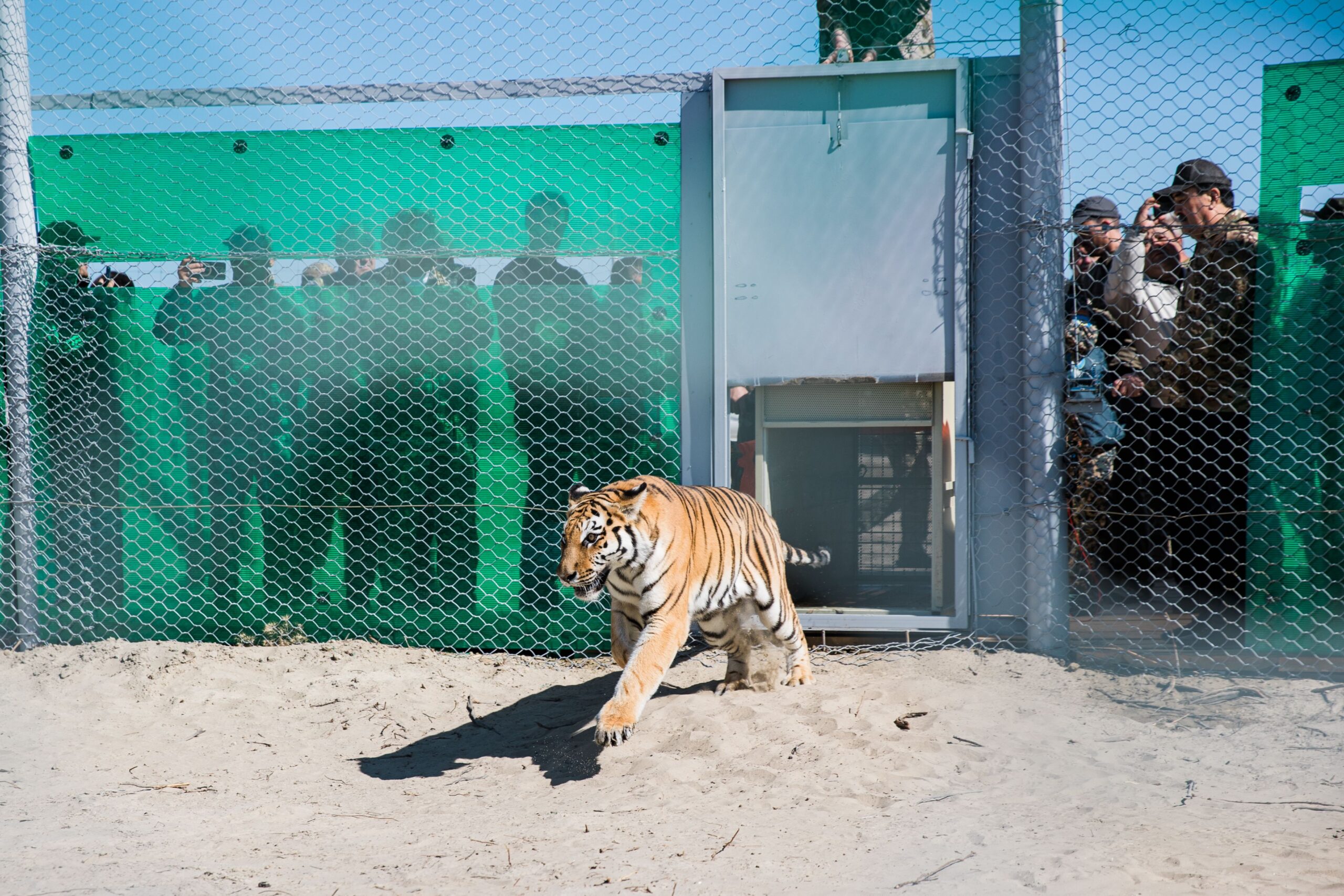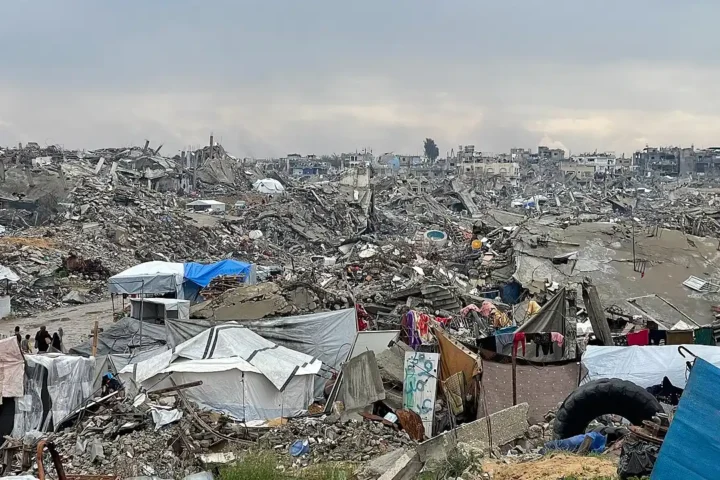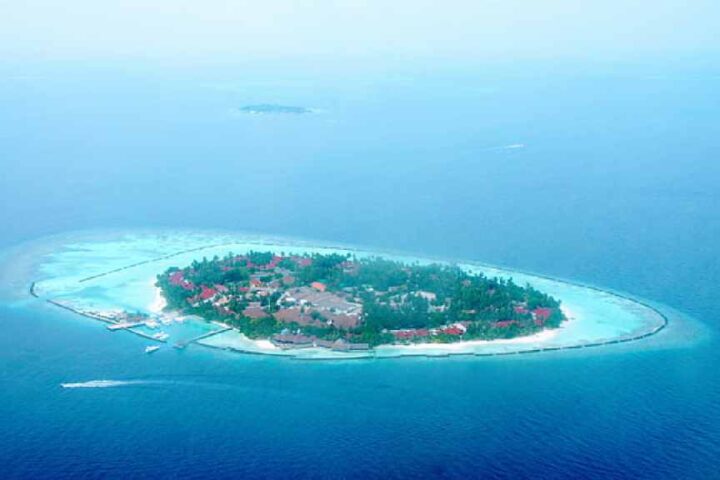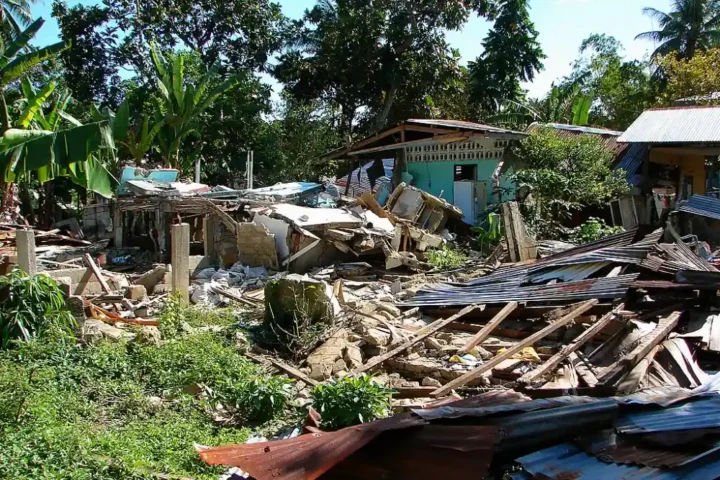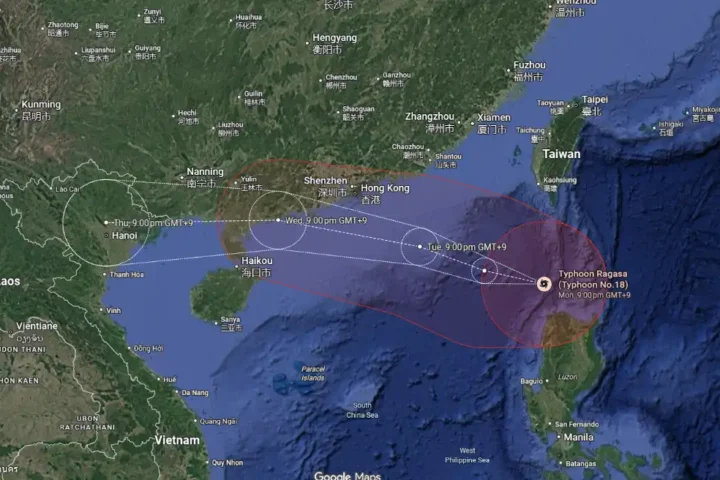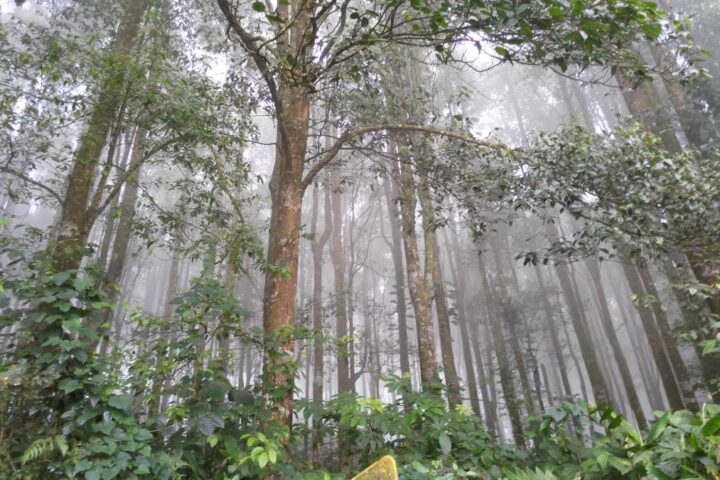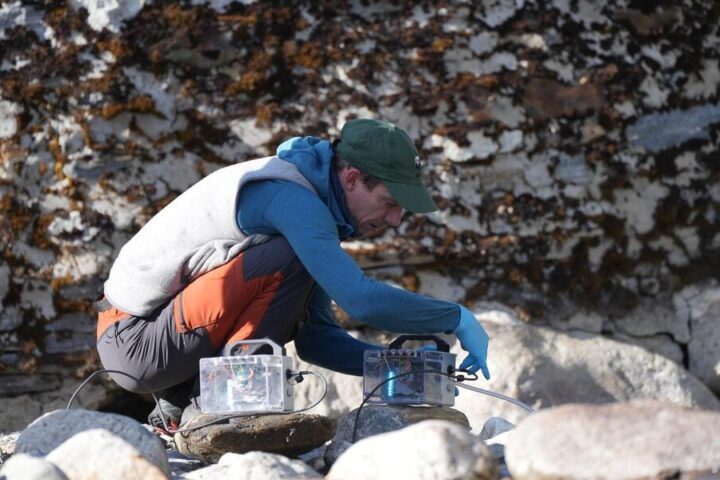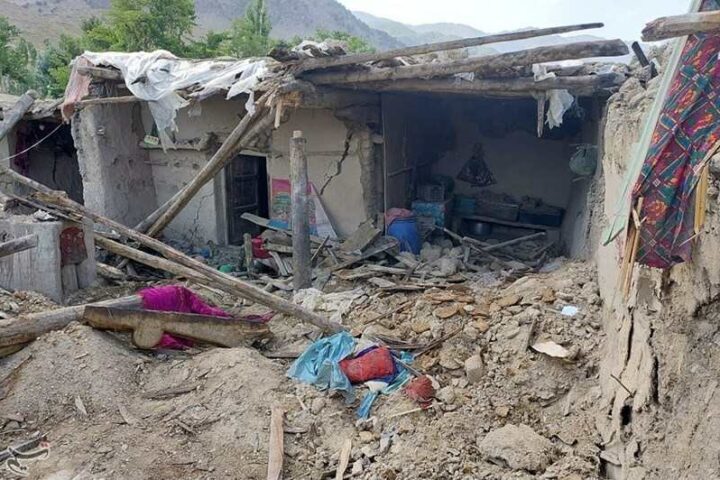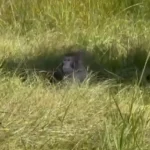A pair of Amur tigers, Bodhana and Kuma, who were captive at the Anna Paulowna Sanctuary (Netherlands), have been transferred to the Ile-Balkhash Nature Reserve (Kazakhstan) as part of the reintroduction of the species in the area, where they have been extinct for over 70 years due to hunting, according to the World Wide Fund for Nature (WWF).
This transfer is part of a program led by the Government of Kazakhstan, with the support of WWF and the United Nations Development Programme (UNDP), to restore the Ile-Balkhash delta ecosystem and reintroduce tigers in the country and the region. Both the male and female specimens will be housed in a large 3-hectare semi-natural enclosure within the reserve.
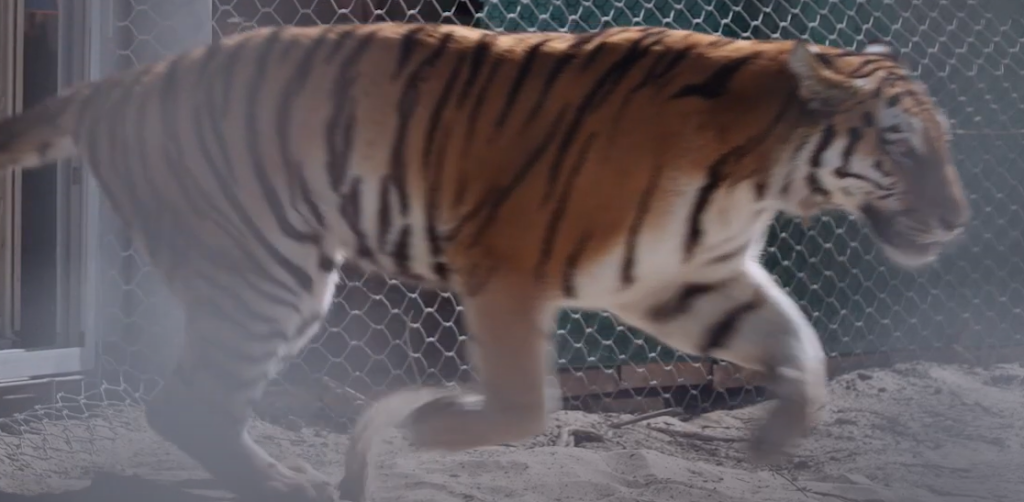
Before their reintroduction, key prey species, including endangered species such as the Bukhara deer and the Kulan (Asian wild ass), have been recovered and reintroduced, and more than 50 hectares have been reforested with native trees. The goal is to release Bodhana and Kuma’s future offspring into the wild, making them the first tigers to live in the country for decades. As WWF has pointed out, this would be the first international tiger reintroduction and the establishment of a new tiger population in the region.
The translocation of these tigers is the first of several planned in the coming years. Starting with this pair, the goal is to build a healthy population of around 50 wild tigers by 2035. Including Kazakhstan, WWF is working on tiger conservation in 22 areas across Asia through the Tigers Alive initiative, a “coordinated effort” that brings together WWF’s tiger range office, the rest of the WWF network, governments, partners and communities.
“Today marks a monumental conservation milestone to bring tigers back to Kazakhstan and central Asia,,” said Stuart Chapman, head of WWF’s Tigers Alive program. “This tiger translocation is a critical step to not only bring back the big cat to its historic homeland but also to rewild an entire ecosystem.”
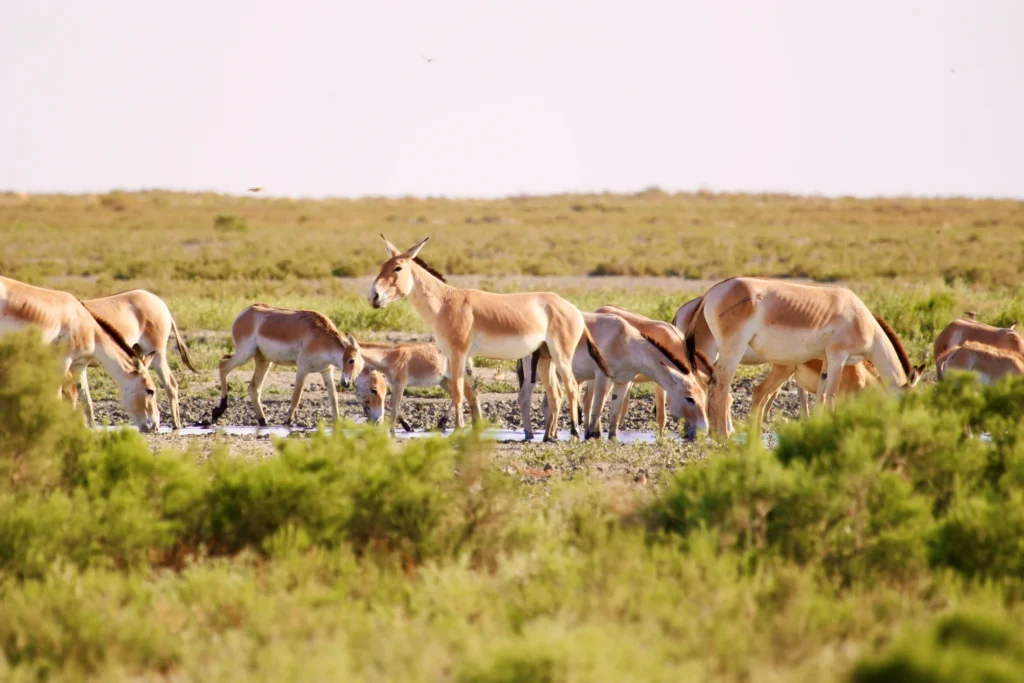
Daniyar Turgambayev, Deputy Minister of the Ministry of Ecology and Natural Resources of Kazakhstan, considered “a great priority” for this country “to work on the restoration of rare species.” “It is important for our biodiversity chain to be restored and also for the tiger that once lived in this area to be reintroduced here,” he added.
From the beginning, the local community around the Ile-Balkhash Nature Reserve has been closely involved in the project, including support for improving agricultural techniques and the future development of nature tourism in the area. Adilbaev Zhasar, head of the local community group ‘Auyldastar’, stated: “With the launch of the tiger reintroduction program, we have witnessed a significant change: the rebirth of nature and our Karoi people. This project not only restores lost ecosystems, but also fills us with pride to participate in a historic process.”
Similar Posts
As the world’s largest feline and great predator, tigers play an important role in the structure and functioning of the ecosystem on which both humans and wildlife depend, according to WWF. They are a territorial species, requiring large areas with diverse habitats, free from human disturbances and rich in prey.
A study published online in the journal Biological Conservation outlines the options for restoring tigers to Central Asia. The study states: “… case studies suggest high adaptive potential of big cats to novel environments. We know of no large cat translocation programs that failed strictly due to maladaptation of source population to environment of release.”
Currently, the species (Panthera tigris) is considered by organizations such as the International Union for Conservation of Nature (IUCN) as an endangered animal. Among the biggest threats facing tiger populations is poaching for the illegal trade in skins, bones and meat. They are also widely affected by the hunting of their prey, although they are also susceptible to the fragmentation of their habitats.
